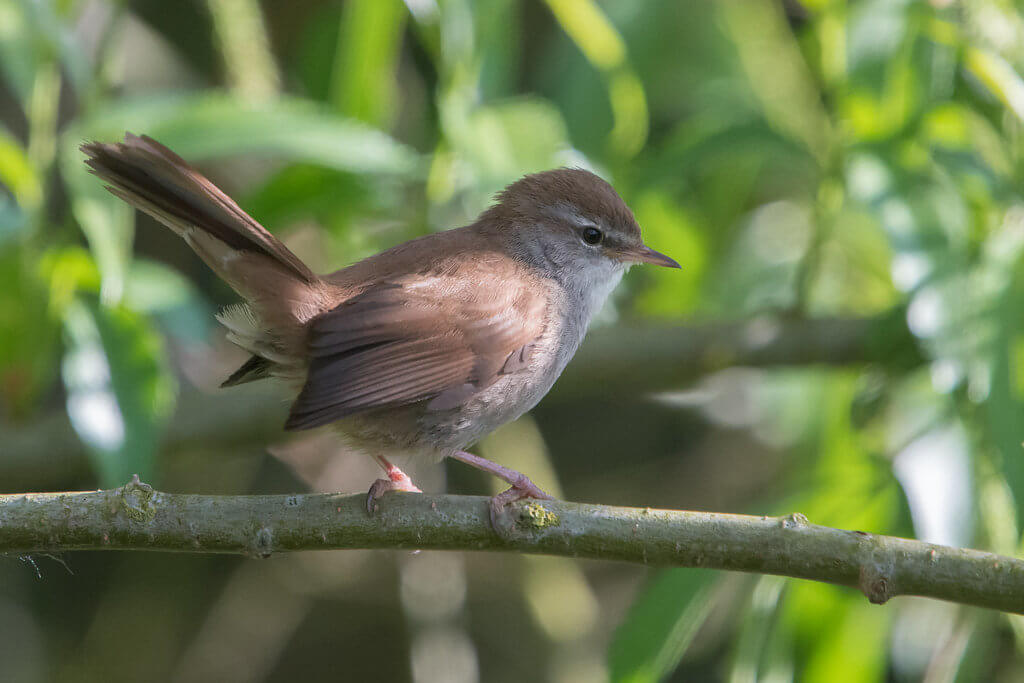
Tim writes: I’m old enough to remember when Cetti’s Warblers were a very rare bird in Britain. The first one ever to be recorded in Britain was in 1961 and breeding was confirmed in 1972. But since initial colonisation numbers have increased to around two thousand singing males. But most of these are in the south, and living in northern uplands I don’t see them particularly often. I photographed this one at Wintersett Reservoir in West Yorkshire in late May.
Cetti’s Warblers are named after an 18th Century Jesuit preist called Fransesco Cetti who wrote books on the natural history of Sardinia, including this warbler which Alberto Marmora named in his honour (Marmora also dioscovered a warbler which was named after him). The bizarre thing is that the explosive song sounds like it is singing its own name (chet, chetty-chetty-chet). Although my good friend Nick Acheson told me a better rendition (plink, plinkety-plink). In Britain, Cetti’s Warbler is in a genus all by itself, though there are a few other Cettia species in Asia.They are unusual in having just 10 tail feathers whereas other warblers have 12. They are also unusual in laying rusty red eggs.
Another interesting fact about Cetti’s Warbler is that in Spain they are known as Bastard Nightingales (Ruiseñor Bastardo). That’s because they look like they belong to the Nightingale family, but are in a completely different family. In Britain we still have a few plants with that prefix and for the same reason (eg Bastard Toadflax, Bastard Balm).
[registration_form]